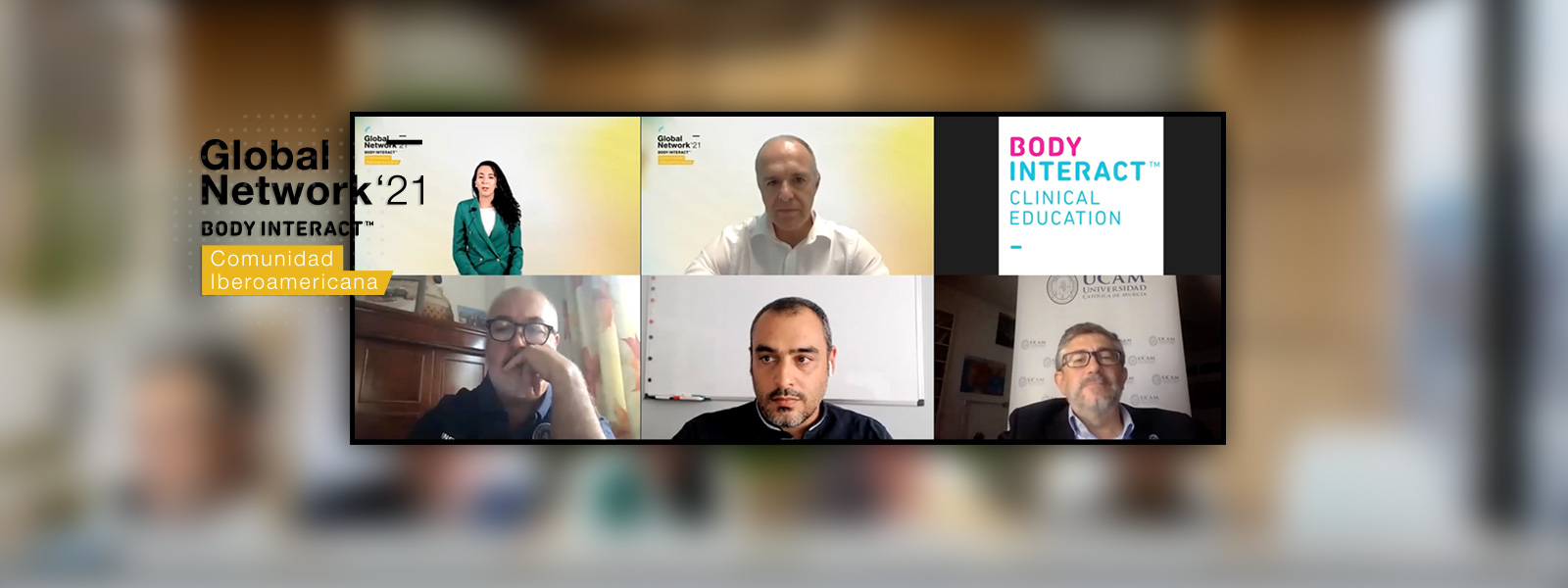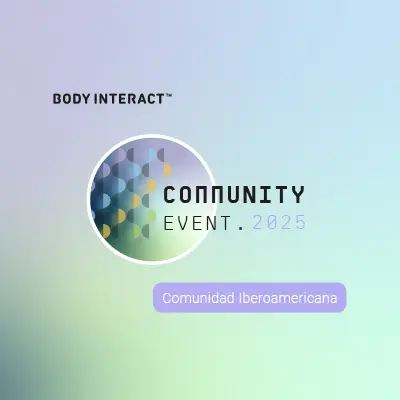
Presentation by Professor Manuel José Párraga Ramírez
Chair of Simulation and Clinical Skills from the Medical degree at Catholic University of Murcia (UCAM) and Co-host of the event Global Network Event Ibero-American Community, Professor Párraga started his presentation by mentioning the legal context, in Spain, that has reinforced the need to promote clinical simulation for teaching purposes.
According to the Recommendations for Clinical Skills Curricula for Undergraduate Medical Education, from the Association of the American Medical College, among the competencies to promote in the medical curriculum, clinical reasoning, and diagnosis skills, are key- competencies. Other competencies feature as recommendations to compose a holistic proposal of a clinical skills curriculum, such as communication, examination, diagnosis, treatment skills, professionalism, history-taking, and clinical information management.
Taking into account those recommendations and Bloom Taxonomy, UCAM set 3 global areas of development composed of:
Knowledge
Skills to organize and make use of information
Atitudes
Soft-skills such as emotions in the teaching-learning process
Psychomotor
Procedural skills and task
And for which, a curriculum based on integrated subjects was developed and promoting a series of hours dedicated to clinical simulation per student.
In this percentage of the curriculum dedicated to clinical simulation, a part of it is done by means of Screen-Based Simulations (SBS), such as Body Interact.
And what benefits does Professor Párraga identify for this type of simulation?
- Provides a mean to develop clinical reasoning, and with the key advantage that provides feedback;
- Decision-making skills in healthcare curriculums find its ground of improvement this way, not only in the process but also in terms of the time to do it, optimizing patient management and adding up security to the clinical activity;
- Possibility of integration across the different stages of training, of the different healthcare areas, either for teaching or training, in a guided or as an unsupervised experience.
Body Interact, virtual patients (VP) are found to be useful, for UCAM, since the early stage of the course, focusing mainly on clinical history-taking and organization, communication, and ABCDE assessment skills development. In the remaining curriculum, the VP scenarios previously used are integrated as briefing-like momentum to the high-fidelity or standardized patients simulated experience.
The implementation followed by UCAM uses both the physical device as well as the web-based version of Body Interact. Regarding the approach done in-class with the physical table of Body Interact, scenarios ate presented and developed in small teams of students, in which each of the students has the opportunity to play a role, fostering engagement with the clinical scenarios, communication skills development, discussion of the clinical reasoning paths, having a tutor to guide the debriefing of the simulation.
This debriefing discussion of the simulation focuses on:
Analysis of the sequence of actions
with particular highlight to points determined by the tutor
Identifications of causes of errors
and ways to tackle and avoid them in the future performance
Professor Párraga left us with Homines, dum docent, discunt (Men learn while they teach) that he feels that applies in double to medical staff.
by Daniela Abreu – Body Interact Instructional Designer








